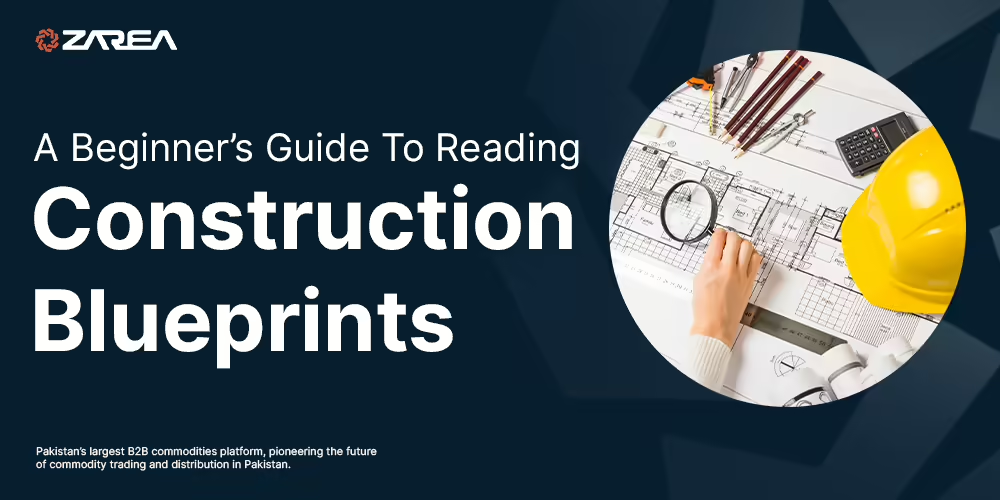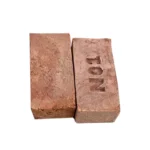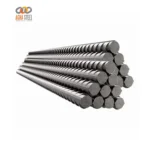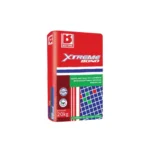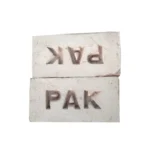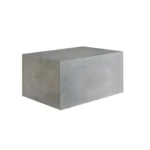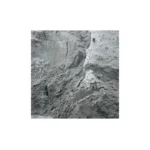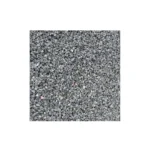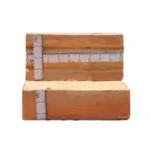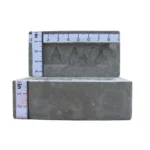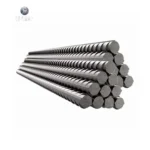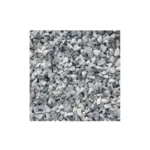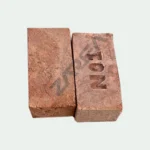Not an engineer or an architect? Don’t be overwhelmed! Zarea is here to help.
Before beginning the construction of your dream home, you must learn the fundamentals of reading construction blueprints, even though the lines and symbols on construction plans may appear exceedingly complex and difficult to interpret. Understanding these two-dimensional blueprints will help you learn everything about the project and calculate the construction timeline, bill of materials, and overall cost, among other things.
In other words, knowing building blueprints is essential for all Pakistani homeowners. To assist you, we have compiled a detailed reference outlining the fundamentals of blueprints, including their anatomy, viewpoints, sheet types, and more.
Nonetheless, let’s begin by examining the meaning of construction blueprints.
What Is A Construction Blueprint?
Construction blueprints are collections of two-dimensional drawings or plans. They include the architect’s name, a visual representation of the building, the structure’s size, the construction materials used, the electrical wiring plan, and more. Depending on the extent of the project, these drawings are typically between 1824 inches and 2436 inches in size.
These engineering drawings are usually printed on white or blue paper; homeowners need them to get building licenses from the relevant development authorities.
In addition, each set of plans includes many sheets. Blueprints include construction plans, drawings, building designs, and floor plans.
Why Are Blueprints Important In Construction?
Even a tiny building can only be constructed with a set of plans. Plans are the foundation of any building project.
Engineers, architects, contractors, laborers, homeowners, and officials from relevant development agencies are all on the same page with these designs. In addition, they include all of the technical and physical parameters of the project in one location, allowing contractors to estimate the time and cost required to complete the project.
In addition, building licenses are only approved when the development authorities have evaluated these designs. You can begin building your home if these construction blueprints fully conform with the local building codes.
In addition, they serve as valuable resources for alterations, upkeep, and future upgrades.
Types Of Views In Construction Blueprints
Understanding the various viewpoints or angles used by architects and engineers to create blueprints is the first step in learning how to interpret structural drawings.
There are three sorts of building drawing views:
Plan view
This building blueprint provides a bird’s-eye view of the structure from above and is drawn on a horizontal plane. Each floor of the structure has its plan view drawing.
Elevation view
This drawing is on a vertical plane and portrays the appearance of the construction from the front, back, right, or left side. These contain elevation views of the inside and outside.
Cross-Section View
This construction plan is likewise on a vertical plane but shows the structure’s inside by slicing through it. The cross-sectional view illustrates the arrangement of wall studs, insulation, sheathing, etc.
The Anatomy Of Construction Plans
A blueprint contains much more than a building’s plan.
To decipher a blueprint, you must become familiar with its anatomy.
Here are the primary characteristics of construction blueprints that every homeowner must understand.
Title Block
When examining construction plans, you will notice a small rectangle in the bottom right corner or a narrow band extending across the length or width of the drawing sheet that contains essential project information. This is known as the title block and frequently includes the sheet’s drawing or print number.
This section typically provides crucial project-related information, such as:
- Logo, company name, and contact information for the construction firm
- Name of the designer
- Name of the customer
- Project moniker
- Site location and address
- Title of the illustration
- Date it was sketched
- Number of total sheets
- Scale
Revision Block
As its name implies, the revision block contains the dates and descriptions of all the modifications made to the blueprints over time. This block also includes the signature or initials of the individual(s) who authorized the changes.
Grid System
All designs use a grid structure along the vertical and horizontal axes, with alphabetic characters on one axis and number digitals on the other.
Keynotes And Legend
At the bottom of the sheet, architects include basic project comments and a legend with keys to each building plan symbol.
This section may contain information about the overall project or a particular drawing. The legend makes it effortless for homeowners to study and comprehend the plan.
Drawing Or Plan
The area in the middle of a blueprint is devoted to the layout or drawing, which depicts the project’s perspective, floor plan, and primary characteristics.
Types of construction blueprint sheets
Construction plans consist of numerous papers and drawings.
Multiple sheets constitute blueprints for construction projects. Consequently, architects designate these drawings with a letter code and sheet number to prevent confusion.
Here is an explanation of what each construction blueprint code represents.
G Sheets: General Sheets
General sheets begin with a cover sheet, followed by an exhaustive index that lists each of the sheets in the blueprint set. Typical examples include the site layout, building placement, project border, landscaping, setbacks, driveway, electricity lines, and sewer pipes.
A SHEETS: ARCHITECTURAL PLANS
Roof and floor plans of a structure are depicted on architectural drawings or plans. It also provides a visual representation of the structure’s elevation, indicating how it will appear from each side after construction is complete. A-Sheets may also contain detailed drawings of numerous aspects, such as the location of windows and doors, wall layout, room size, etc.
If you cannot interpret architectural drawings independently, please seek assistance from a professional to avoid confusion or misinterpretation.
S Sheets: Structural Engineering Plans
The structural drawings or S-Sheets show how to construct the building, while the architectural drawings provide a clear picture of how the building will seem when it is built.
After analyzing the architect’s designs, a structural engineer generates these schematics. These sheets contain information regarding the building’s foundation, frame, concrete reinforcements, reinforcing bars, roof structure, and other structural features.
Mechanical Plans Comprising M Sheets
These papers contain the layout of a building’s heating, ventilation, air conditioning, fire prevention systems, and other mechanical equipment.
E Sheets: Electrical Plans
E-Sheets contain information about the electrical wiring and the placement of circuits, breakers, panel boxes, switches, smoke alarms, light fixtures, and other built-in appliances.
P Sheets: Plumbing Plans
The P-sheets include blueprints for a building’s hot and cold water pipelines, sewage system, and storm drainage. In addition, gas pipes are represented on these sheets.
L Sheets: Landscape Plans
L-Sheets represent the features of the area surrounding the structure that will be utilized to plant trees, flowerbeds, and bushes.
Schedules
These papers contain a table or matrix with information about various project portions’ construction and completion schedules.
Specifications Sheets
Detailed descriptions of all the materials that will be utilized for a project are included on specification sheets.
How To Read The Codes On The Blueprint Sheets
Each sheet in the set contains a unique code consisting of one or two letters followed by a numerical sequence. The initial letters indicate the sheet type, i.e., A denotes architectural, S structural, E electrical, etc. The middle number, meanwhile, represents the sheet kind. For example, 0 represents basic information, 1 represents plans, and 2 represents elevations. The numbers at the end of the sequence represent the sheet number.
For instance, the M103 sheet contains the third sheet of mechanical plans.

